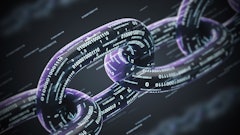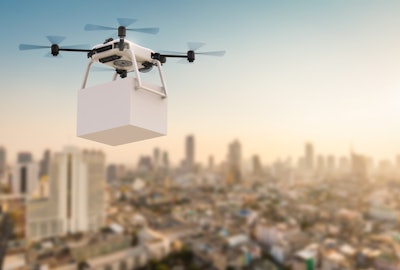
As the global economy continues to navigate geopolitical shifts, tariff fluctuations, and labor shortages, supply chain security has never been more critical. From automotive components to medical devices, cargo in transit or in storage is increasingly exposed to theft, tampering, and operational disruptions. In response, a new wave of security innovation is emerging, autonomous robots and artificial intelligence (AI).
These technologies are redefining physical security at ports, distribution centers, and warehouses—providing dynamic, data-driven, and scalable solutions to protect high-value cargo in an increasingly complex landscape.
The new threat landscape
Cargo theft rose 15% year-over-year in 2022 across the United States and Canada, according to CargoNet. Meanwhile, organized retail crime continues to climb, and workplace violence increasingly involves security personnel. These pressures are compounded by persistent labor shortages: security guard turnover rates hover around 100-300% annually, according to several sources.
Economic volatility adds another layer of risk. According to the 2023 World Security Report, nearly half of surveyed chief security officers identified economic unrest as the top hazard affecting operations. When tariffs and trade tensions spike, opportunistic criminal activity often follows, targeting vulnerable links in the supply chain.
Technology as a force multiplier
Modern security demands more than fixed cameras and checkpoint guards. Enter robotics and AI—not as replacements for humans, but as force multipliers that enhance reliability, coverage, and response times.
Security robotics platforms, such as ground-based patrol robots and aerial drones, are now operating 24/7 to conduct perimeter sweeps, monitor critical zones, and respond to alarms autonomously. These systems integrate seamlessly with AI-powered analytics, enabling real-time anomaly detection, threat classification, and predictive insights.
Case in point: C-TPAT Compliance
Consistent, verifiable security inspections are paramount to maintain Customs-Trade Partnership Against Terrorism (C-TPAT) certification.
To solve this, an automotive manufacturer, for example, adopted an aerial robotics system that performs automated inspections of the fence line weekly. The drones detect damage or breaches, provide visual verification, and generate detailed inspection reports. The result: 100% C-TPAT compliance, $60,000 in annual savings, and the complete elimination of manual vehicle-based inspections.
Cost-efficiency meets coverage
Deploying robotic security isn’t just about innovation, it’s a financial strategy. Take for instance a high-profile venue with complex security needs. Implementing robotic ground patrols resulted in a 30% reduction in costs while maintaining full coverage. In the first year alone, over 2,000 patrols were conducted, and more than 80 security events were identified with zero incidents of theft or vandalism.
This level of consistency and reliability is difficult to achieve with human teams alone, especially amid rising wages, turnover, and insurance liabilities. Robots don’t take breaks, call in sick, or pose risks of misconduct. They also enable increased patrol frequency—up to 200% more than traditional approaches—at a lower cost.
Augmenting human insight with AI
Security is not solely about hardware. AI-driven platforms orchestrate the vast data streams from robotic systems into actionable intelligence. From recognizing abnormal human behavior to identifying unattended packages, AI is helping security teams detect and respond to threats before they escalate.
These systems also excel in high-stakes environments. AI-enhanced drones can operate at night, over people or vehicles, and respond to triggered alarms without delay. Combined with centralized Robotic Security Operations Centers (RSOCs), they enable remote oversight, incident escalation, and coordinated response across sites.
A future-proof approach to trade disruption
As tariffs reshape global trade routes, ports and warehouses must adapt to new cargo flows, regulations, and vulnerabilities. Security robotics provide the agility to respond to these shifts quickly—whether it’s protecting newly vital assets or adjusting patrol patterns to reflect evolving risks.
Moreover, in a climate where physical and cyber threats are increasingly interlinked, the ability to integrate robotic patrol data with enterprise security systems offers a holistic defense posture. It ensures that every dock, container yard, and warehouse aisle is not only monitored but intelligently secured.
Conclusion: Toward resilient supply chains
The convergence of economic uncertainty, labor instability, and rising crime demands a security paradigm shift. Robotics and AI are not speculative technologies—they are operational today, protecting cargo and critical infrastructure across North America.
In the years ahead, organizations that leverage these tools effectively will not only safeguard their assets but also gain a strategic edge in resiliency, compliance, and cost management. In an unpredictable world, security must be smart, scalable, and ready to act—and the next generation of protection is already on the ground and in the air.

![Pros To Know 2026 [color]](https://img.sdcexec.com/mindful/acbm/workspaces/default/uploads/2025/08/prostoknow-2026-color.mduFvhpgMk.png?auto=format%2Ccompress&bg=fff&fill-color=fff&fit=fill&h=100&q=70&w=100)

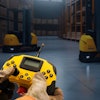

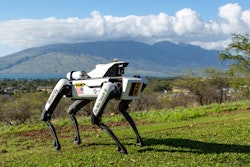
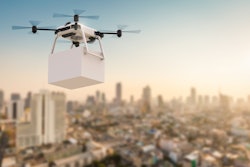
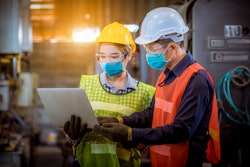
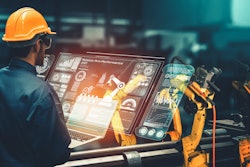
![Pros To Know 2026 [color]](https://img.sdcexec.com/mindful/acbm/workspaces/default/uploads/2025/08/prostoknow-2026-color.mduFvhpgMk.png?ar=16%3A9&auto=format%2Ccompress&bg=fff&fill-color=fff&fit=fill&h=135&q=70&w=240)
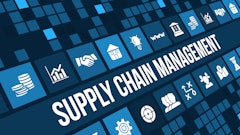
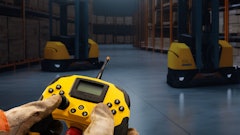

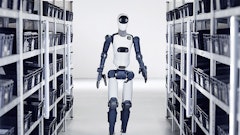
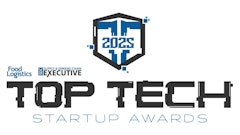
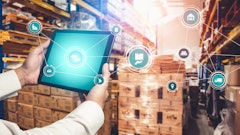


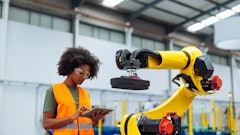
![Top Tech Startup Logo 2025 Vertical [color] (1)](https://img.sdcexec.com/mindful/acbm/workspaces/default/uploads/2025/07/top-tech-startup-logo-2025-vertical-color-1.pZkBK95TLe.png?ar=16%3A9&auto=format%2Ccompress&bg=fff&fill-color=fff&fit=fill&h=135&q=70&w=240)
